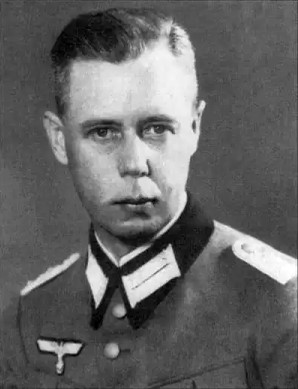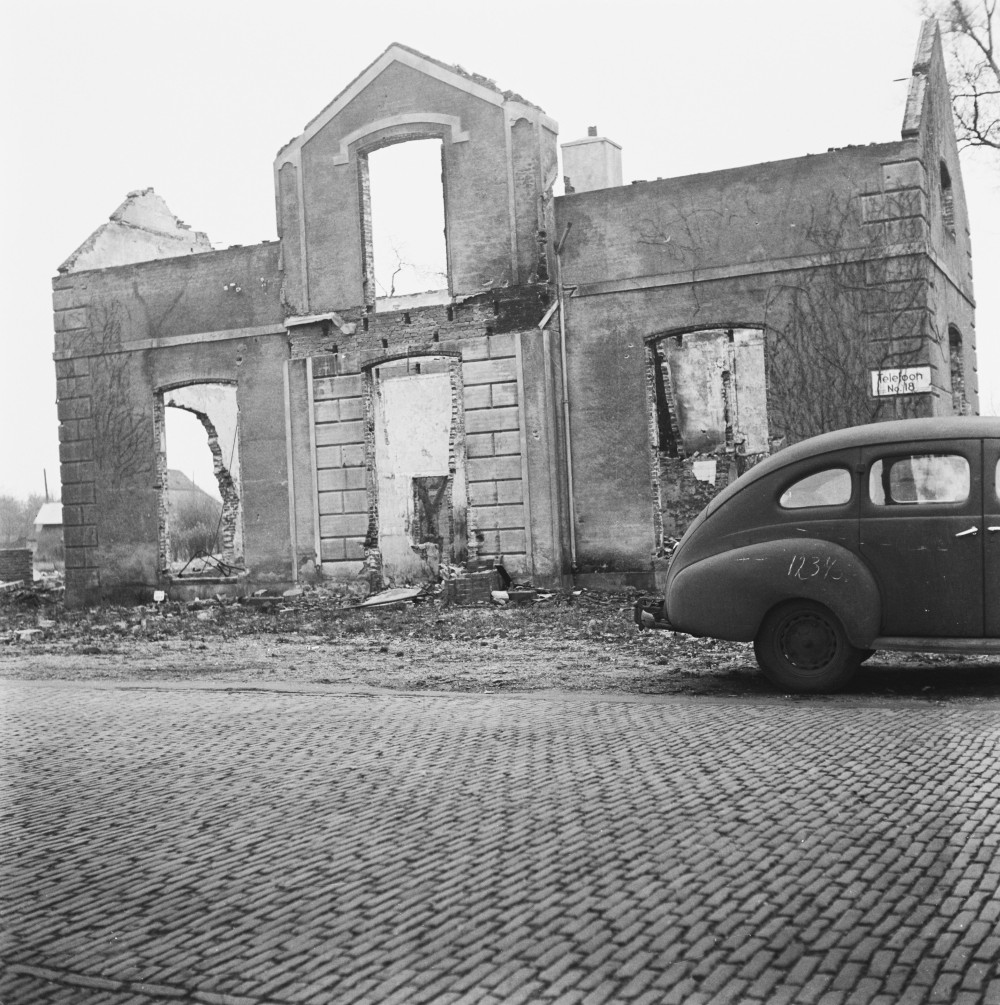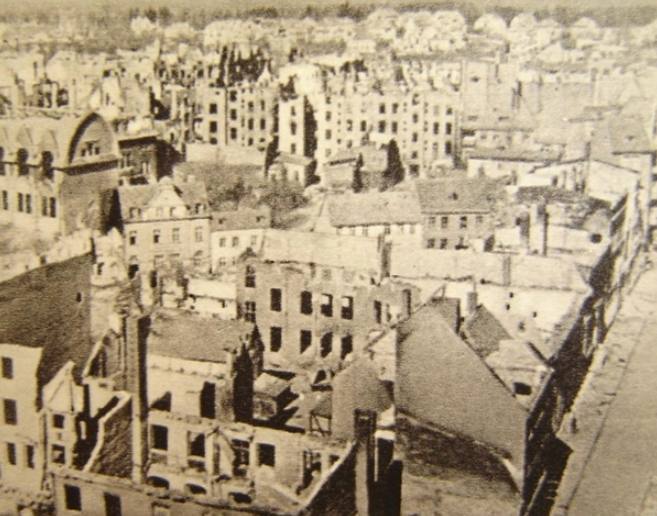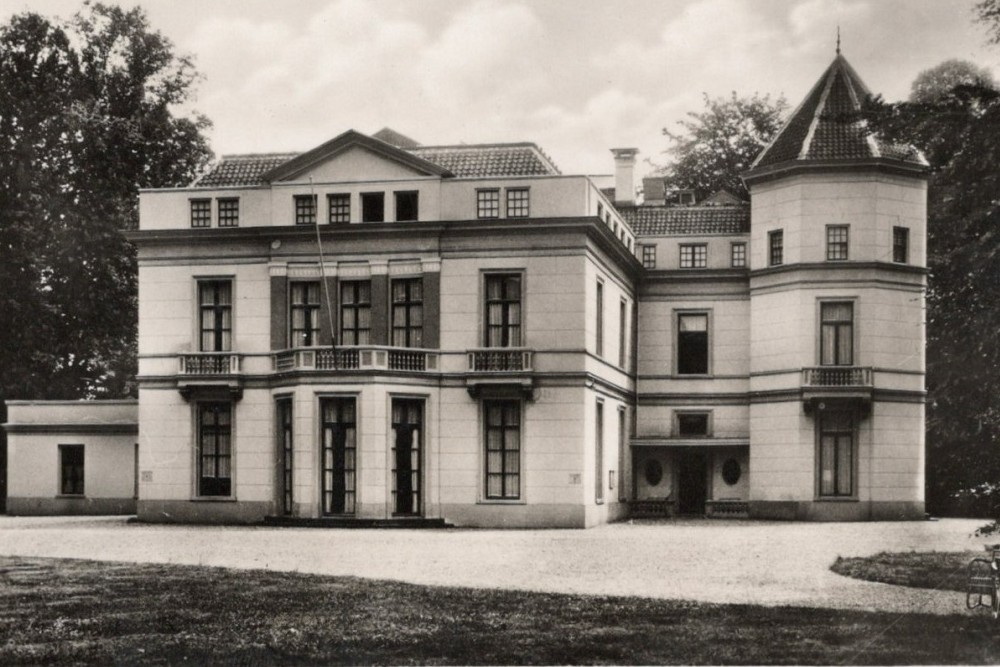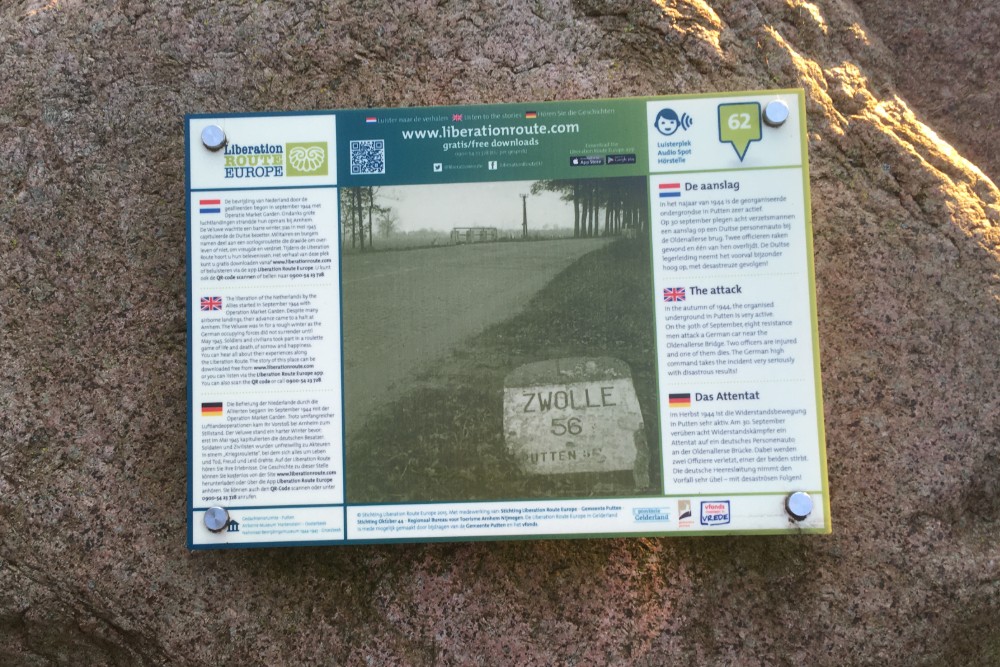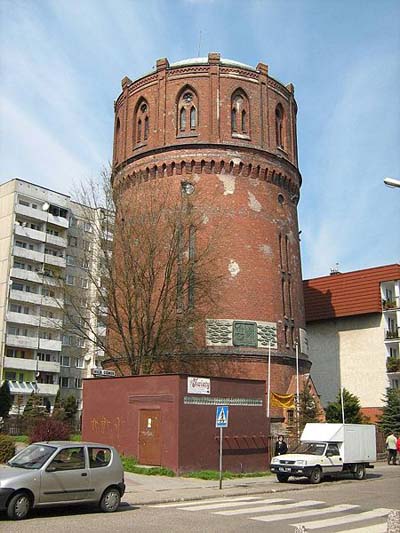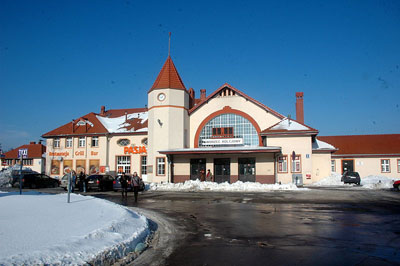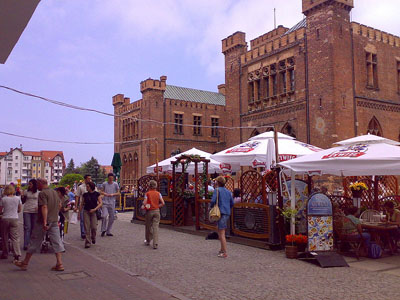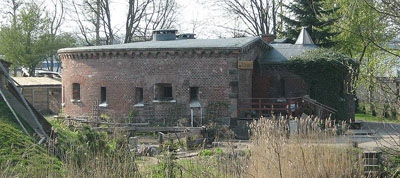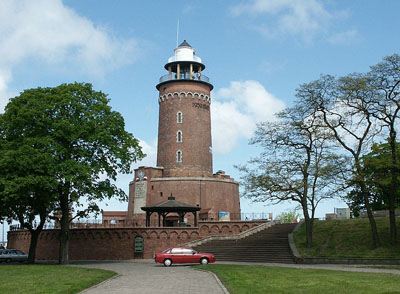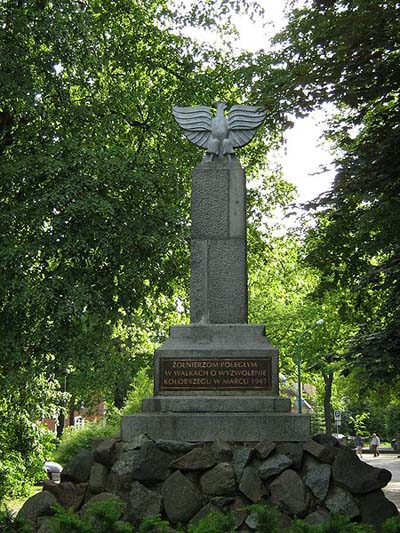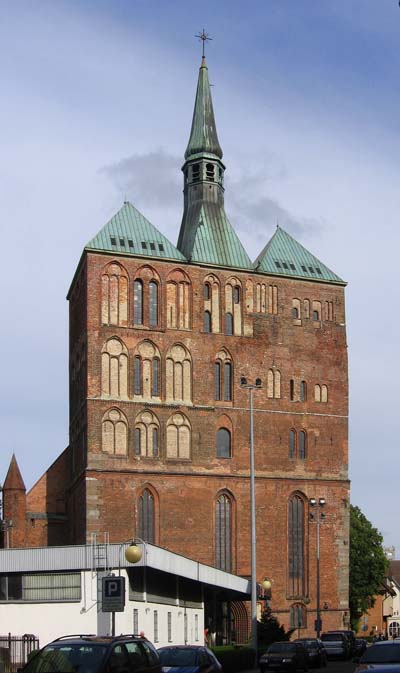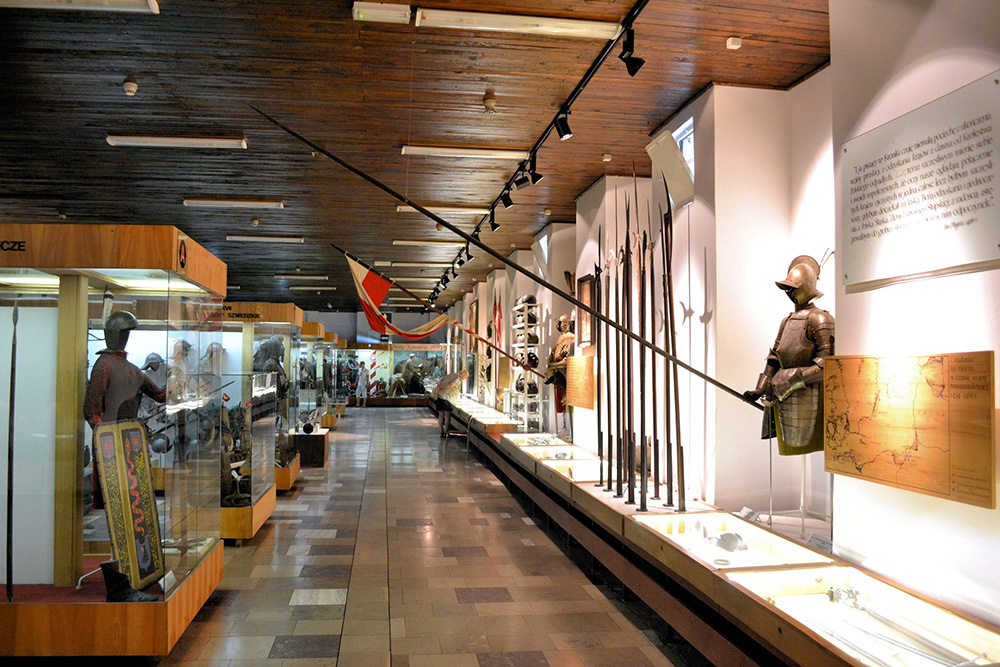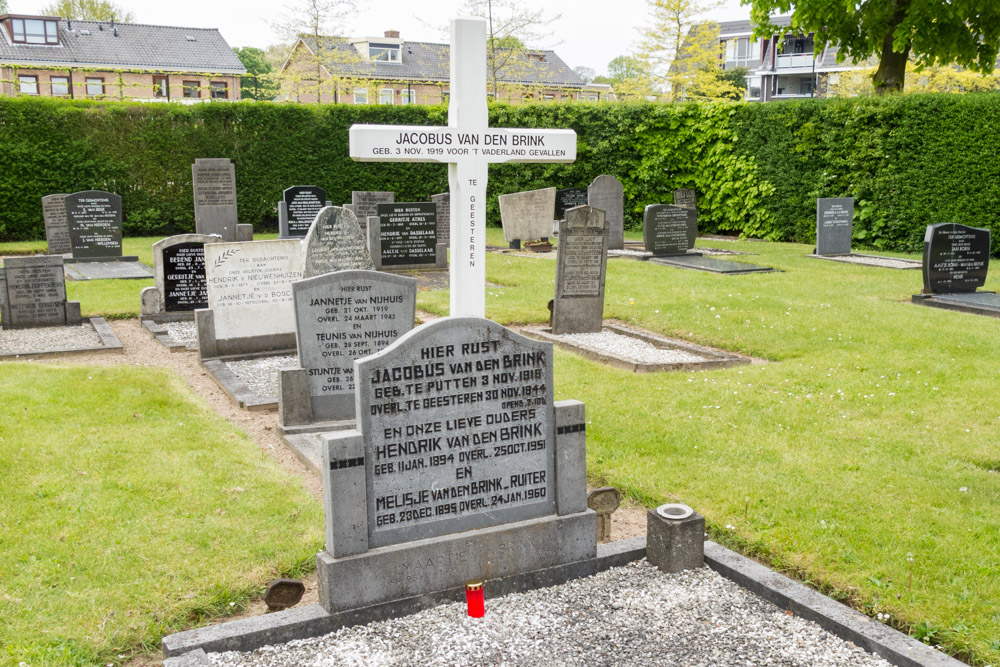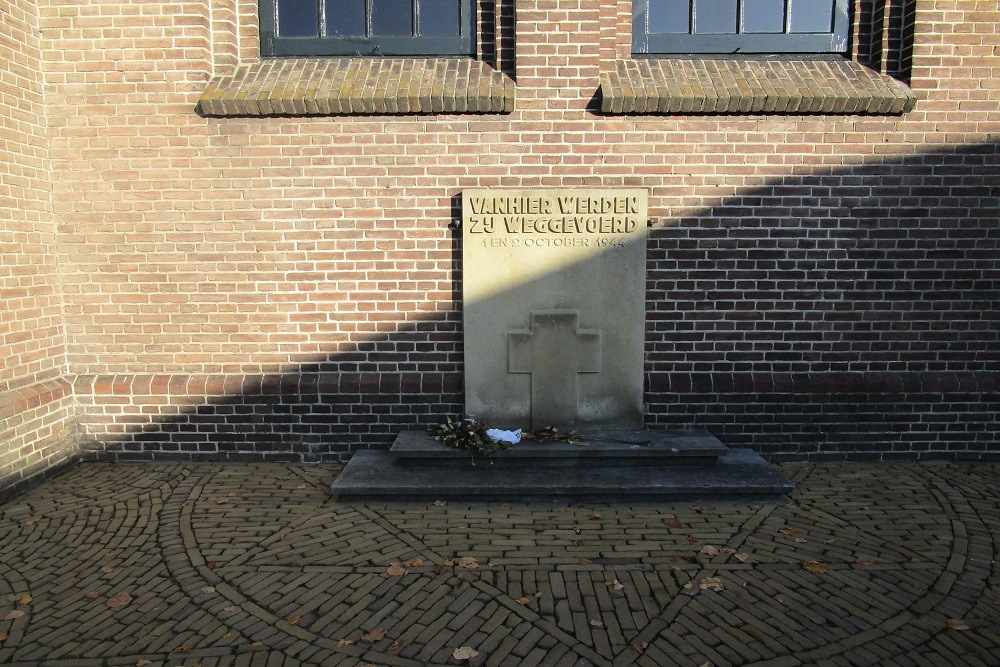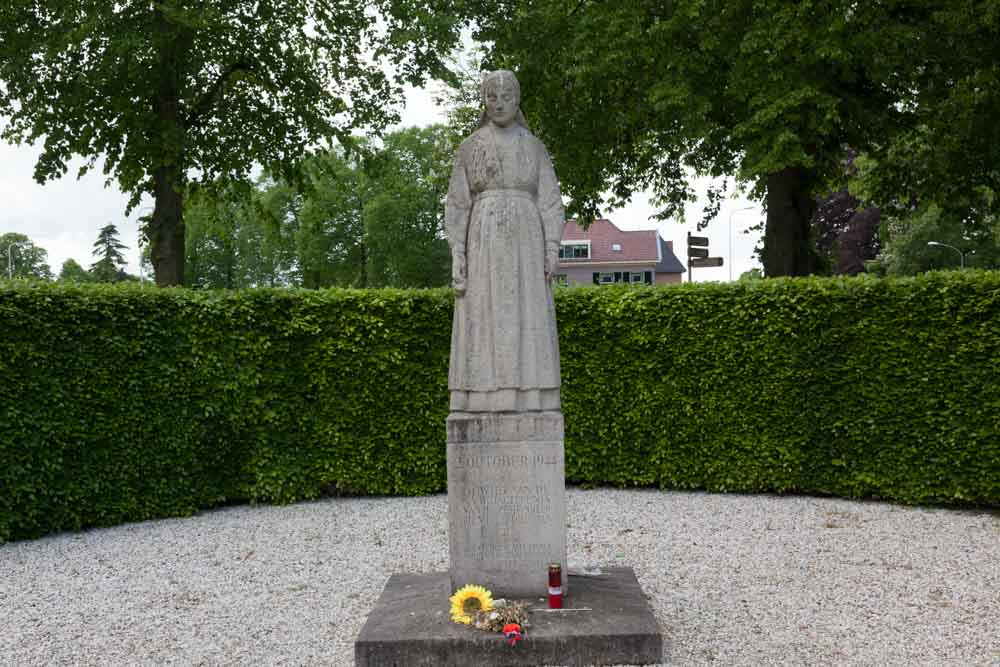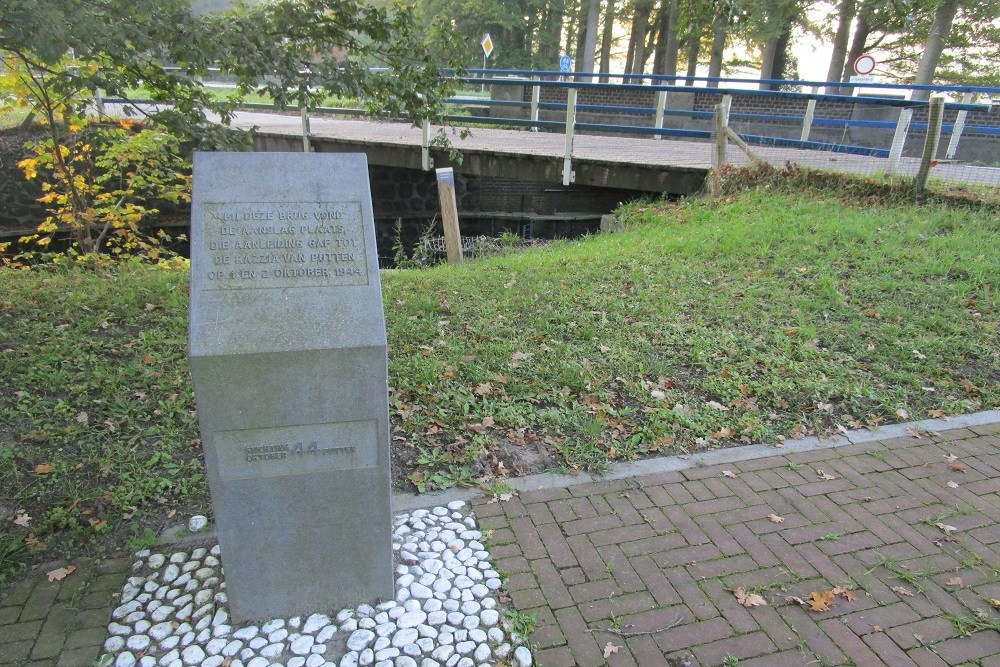Fritz Fullriede (1895-1969)
When in March 1945, the search was on for a new fortress commander of the bathing resort of Kolberg on the Baltic Sea, the experienced front officer Fritz Fullriede was selected. Under his command, Fortress Kolberg held out long enough to evacuate the civil population. A large part of his troops likewise managed to escape to freedom under his command although Adolf Hitler had ordered him to hold the city at all costs. Even previously, this officer had ignored orders from higher authority. His name is also connected to the razzia (round up) in Putten. In the night of October 2 to 3 in this Dutch village 84 houses and a few corporate buildings were set ablaze on his orders, in reprisal of an assault by the underground resistance. After the war, Fullriede was charged with war crimes. The article below is taken from the book Hitler’ s Last Chance about Hitler’s last propaganda movie and the rise and fall of a German city by the same author.
Definitielijst
- propaganda
- Often misleading information used to gain support among supporters or to gain support. Often used to accomplish ideas and political goals.
- razzia
- Organised round-up of a group of people. This could be Jews but also persons in hiding or other groups.
- resistance
- Resistance against the enemy. Often also with armed resources.
- war crimes
- Crimes committed in wartime. Often concerning crimes committed by soldiers against civilians.
Military career
Fritz Wilhelm Hermann Fullriede was born January 4, 1895 in Bremen, Germany. During World War One he served in France, Rumania and Serbia and was injured three times.[1] Shortly before the end of the war, he was promoted to Leutnant der Reserve. After initially having been deployed as a border guard in Silesia, in 1920 he was fired as a police lieutenant in Bremen for having sympathized with the Kapp Putsch, an attempt by right wing radicals to overthrow the Weimar Republic. Being unemployed, he spent some time on the estate of his father and in 1924, Fullriede emigrated to the former German colony of South-west Africa (today Namibia) where he leased a farm initially and later on started his own in Windhoek. In addition he became a reserve officer in the army of the Union of South Africa and he was active in the Auslandstelle of the NSDAP.
After having been rehabilitated in Germany, he reentered service in the Schutzpolizei in Bremen. In July 1937, he joined the Wehrmacht in the rank of Hauptmann. After having participated in the campaigns in Poland and France, he was injured during the invasion of the Soviet Union in 1941 and later on he was sent to North-Africa where he was in command of his own Kampfgruppe in Tunisia. Near Kairuan he and his unit managed to halt the British advance for which he was awarded the Ritterkreuz on April 11, 1943. At the time, he showed his self-willed attitude by refusing the order to blow an ammunition dump as this would result in the destruction of Kairuan, a city holy to Muslims.
Back in Europe, he was transferred to Italy where he served at the front in 1944. In the vicinity of Rome, he allegedly would have disobeyed an order again, this time to execute hostages. After having fought near Warsaw, in August 1944, he was transferred to the Netherlands where he, meanwhile promoted to Oberst, was given command of a unit, 12,000 men strong with its HQ in Utrecht. At the time of Operation Market Garden and the battle of Arnhem, his troops were fighting the Allied armies in the southern part of the country. Fullriede’s stay in the Netherlands would have remained a trivial fact, had he not been involved in one of the largest German reprisals against the Dutch population, the razzia (round up) in Putten. Out of the 588 males[2] from this little Dutch village on the Veluwe who were imprisoned in Germany, only 49 would return of whom five would die later as a result of the privations in German custody.
Definitielijst
- invasion
- Armed incursion.
- Kampfgruppe
- Temporary military formation in the German army, composed of various units such as armoured division, infantry, artillery, anti-tank units and sometimes engineers, with a special assignment on the battlefield. These Kampfgruppen were usually named after the commander.
- Putsch
- Coup, often involving the use of violence.
- razzia
- Organised round-up of a group of people. This could be Jews but also persons in hiding or other groups.
- Soviet Union
- Soviet Russia, alternative name for the USSR.
- Wehrmacht
- German armed military forces, divided in ground forces, air force and navy.
- Weimar Republic
- Name for the German republic from 1919 until 1933. Hitler ended the Weimar republic and founded the Third Reich.
Razzia in Putten
This took place after the resistance had assaulted a German staff car in the vicinity, the night of September 30 to October 1. Of the four German military, one of them is said to have succumbed to his injuries the next day and another was taken prisoner by the resistance. The German occupiers were bent on revenge and it was Fullriede, the deputy commander of the unit the four military belonged to, who was to take action. Higher authority ordered him to execute the perpetrators in reprisal and set fire to Putten, except the homes of German-friendly citizens and members of the NSB. The perpetrators of the assault were never found and instead of execution, the Nazi leadership in the Netherlands ordered the deportation of all male inhabitants of Putten between the ages of 18 and 50 to Germany to do forced labor.
In the night of October 2 to 3, Fullriede’s troops set fire to 84 houses and a few corporate buildings, far less than he actually had been ordered to, (the village counted 2,000 houses of which 750 in the center). Prior to the compulsory evacuation, the commander granted women, children and the elderly an extra two hours to gather their belongings, more than what had been ordered. He is said to have consoled an elderly woman with the words: ‘Don’t cry mother, I could cry myself.’[3] Moreover, he also refused to deport the men via Camp Amersfoort which therefore had to be done by men of the SS and the police. Later on, his superiors would have reprimanded him for his obstructive attitude.[4] His subsequent posting to Kolberg probably was a disciplinary measure as the Eastern Front was an unpopular destination for German military.
Definitielijst
- Nazi
- Abbreviation of a national socialist.
- NSB
- National Socialist Movement. Dutch political party sympathising with the Nazis.
- resistance
- Resistance against the enemy. Often also with armed resources.
Apppointed fortress commander
On March 1, 50-year-old Fritz Fullriede arrived in the Pomeranian bathing resort of Kolberg to take over command of the fortress from Generalmajor Paul Hermann, aged 53 and a veteran from World War One. Suffering from sciatica, a broken lower arm from a fall on the ice and struck by the flu, the general was in fact no longer fit for military service. Kolberg had a special status within the Third Reich because in January of that year, a propaganda movie was released in Nazi-Germany about the siege of the city by troops of Napoleon. At that time, the Prussian army, supported by a civil militia had held out for months against the besieger. In 1945, Minister of Propaganda Joseph Goebbels wanted the Germans to emulate the example of the Kolbergians in 1807: hold until the last bullet and defeat the enemy.
Goebbels gave his own twist to Fullriede’s appointment: ‘The commander of Kolberg — if this title can still be attributed to him — has suggested to the Führer to surrender Kolberg without a fight’, he wrote about Fullriede’s predecessor in his diary on March 6. ‘The Führer has relieved him of his function immediately and appointed a younger officer in his place. Don’t these degenerated officers have no historic notion at all and no sense of responsibility anymore? Is a commander of Kolberg nowadays more inclined to emulate a Lucadou instead of a Von Gneisenau?’ ?"[5] Referring to Lucadou, the Minister of Propaganda meant the unpopular 19th century fortress commander of Kolberg, who was replaced by August Neidhardt von Gneisenau prior to the French siege and who would evolve into the hero of the siege.
Definitielijst
- Führer
- German word for leader. During his reign of power Adolf Hitler was Führer of Nazi Germany.
- Nazi
- Abbreviation of a national socialist.
- propaganda
- Often misleading information used to gain support among supporters or to gain support. Often used to accomplish ideas and political goals.
Evacuation of Kolberg
Fullriede, the 20th century successor of the legendary Von Gneisenau, didn't arrive in Kolberg with the same fighting spirit attributed to Von Gneisenau in the movie Kolberg. As early as September 2, 1944, the colonel had concluded in his diary that the eastern front was lost. He considered the situation comparable to that of 1918. He criticized the orders of his superiors and rejected the fact that young boys were deployed at the front as cannon fodder.[6] Hitler did not have to expect blind obedience from Fullriede either. Cadaver discipline and the senseless sacrifice of human life were not the cup of tea of this sincere and free thinking new fortress commander. Arriving at his new post, he immediately ordered to terminate construction of the fortifications as he found them senseless. There were not enough soldiers to man them and a modern, mechanized army wouldn't let it itself be delayed by means that were obsolete since the time of Napoleon.
Due to a lack of men, Fullriede ignored the plan to create three defensive belts. He would focus primarily on holding the area on the coast around the port and the mouth of the Persante in order to enable all inhabitants to be evacuated by sea and subsequently enable his men to withdraw via this route as well. All told, Fullriede had between 3,000 and 5,000 men at his disposal.[7]
Just like Napoleon hadn't reckoned with tenacious resistance in Kolberg in 1807, neither had the Soviet and Polish military leadership in 1945. They thought to be able to overrun the little coastal town easily due to their supremacy. This proved disappointing because led by experienced commander Fullriede, the Germans would offer fierce resistance. On March 17, the evacuation of civilians was completed. According to Fullriede’s report, over 70,000 civilians had been evacuated by fishing boats, merchantmen and navy vessels since the beginning of the siege.[8] As early as March 16, the fortress commander had already decided to evacuate his troops also, although he had not been ordered accordingly by high command. That day however, no vessels were available so the operation had to be postponed for a day. The next day, permission for the withdrawal did not materialize either. The high command of 3. Armee reported that due to ‘overburdening’ it was unable to pass on a decision. Therefore, the fortress commander decided to launch the evacuation on his own initiative on March 17.
After 2,000 or more soldiers had been taken off the designated locations, Fullriede himself followed with some members of his staff. He first made a tour of inspection along the coast before he and his men were taken aboard the destroyer Z 43 at 06:30. .[9] Later on, Fullriede would describe the battlefield as the ‘firy hell of Kolberg’, comparing it with the battles of Verdun, Douaumont and the Somme during the First World War.[10] In his report of the battle of Kolberg he proudly established that his troops ‘without their own anti-tank weapons’ had disabled 28 enemy tanks. Twelve of them had been knocked out with short-range weapons, the rest by Flak and artillery. Moreover, an unknown number of enemy tanks had been knocked out by German naval artillery. Fullriede praised the ‘flexibility and the accuracy’ of his artillery but also claimed that holding out for 14 days without the support of naval artillery, ‘would undoubtedly have been impossible’.[11]
Definitielijst
- cannon
- Also known as gun. Often used to indicate different types of artillery.
- destroyer
- Very light, fast and agile warship, intended to destroy large enemy ships by surprise attack and eliminating them by using torpedoes.
- First World War
- Took place from 1914 till 1918 and is also named The Great War. The conflict started because of increased nationalism, militarism and neo-colonialism in Europe. Two alliances battled one another during the 4-year war, which after a dynamic start, resulted into static trench warfare. The belligerents were the Triple Alliance (consisting of Great-Britain, France, and Russia; later enlarged by Italy and the USA, amongst others) on the one hand and the Central Powers (consisting of Germany, Austria-Hungary, Bulgaria and the Ottoman empire) on the other hand. The war was characterized by the huge number of casualties and the use of many new weapons (flamethrowers, aircraft, poison gas, tanks). The war ended in 1918 when Germany and its allies surrendered unconditionally.
- Flak
- Flieger-/Flugabwehrkanone. German anti-aircraft guns.
- resistance
- Resistance against the enemy. Often also with armed resources.
Knight's Cross with Oak Leaves
Despite the fact he had terminated hostilities on his own accord and had surrendered Fortress Kolberg, on his return to Germany on March 23, Hitler awarded him the Eichenlaub to his
Post war life
On December 4, 1945, Fullriede was arrested by the Americans who handed him over to the Dutch authorities on December 16, 1946 who prosecuted him for his complicity in war crimes in Putten. Initially, the Bijzondere Gerechtshof (Special Court) in Arnhem sentenced him to 2,5 years imprisonment. After an appeal before the Raad van Cassatie (Court of Appeal), he was acquitted in January 1949. ‘Sometimes it is necessary to set a small fire to prevent a larger one from erupting, or at least delaying it,’ his lawyer told the court in November 1948, claiming his client had acted in self-defense. ‘He couldn't act otherwise.’ Fullriede himself indicated he had wanted to report sick ‘but that wouldn’t have helped Putten either: 'I had to but at the same time I wanted to try and save whatever could be saved'.[14]
The former fortress commander of Kolberg returned to Germany and later on settled in South-west Africa where he had lived before the war. After the death of his wife in 1952, he returned to Germany in October 1953 He passed away in 1969 at the age of 75. The war veteran, praised for his honest leadership, was buried with military honors. While six officers made up the guard of honor, the seventh carried a cushion with his decorations. .[15]
Notes
- Details of Fullriede’s military career were taken from
- Eitner, H-J., Kolberg – Ein Preußischerer Mythos 1807/1945, pp. 173-175
- Keizer, M. de, Putten: de razzia en de herinnering, pp. 134-142
- Lexikon der Wehrmacht
- On October 2, 1944, 659 males had been arrested and deported to Amersfoort. 58 of them were released, the remaining 601 were entrained to Germany. En route, 13 of them jumped out of the train so 588 arrived in Germany
- Gerritse, T., Rauter, p. 470.
- Gerritse, T., Rauter, pp. 467-471; Keizer, M. de, Putten: de razzia en de herinnering, pp. 112-118.
- Goebbels, J., Dagboek 1945: 28 februari 1945-10 april 1945, p. 70.
- Kershaw, R., De straat: Oosterbeek-Arnhem, september 1944, pp. 44-45.
- Schön, H., Pommern auf der Flucht 1945, p. 148.
- Gefechtsbericht über den Einsatz in Kolberg vom 4. - 18. März 1945, Bundesarchiv, BArch RH 84/2.
- Duffy, C., Red Storm on the Reich: The Soviet March on Germany 1945, p. 233.
- Eitner, H-J., Kolberg – Ein Preußischerer Mythos 1807/1945, p. 202.
- Gefechtsbericht über den Einsatz in Kolberg vom 4. - 18. März 1945, Bundesarchiv, BArch RH 84/2.
- ‘Eichenlaub für Obrest Fulleride’, Deutsche Zeitung in den Nederlände, 05-04-1945;. TracesOfWar.nl.
- Eitner, H-J., Kolberg – Ein Preußischerer Mythos 1807/1945, pp. 214-215; Lexikon der Wehrmacht.
- ‘Fullriede uit bewaring ontslagen’, Het Vrije Volk, 23-11-1948.
- Eitner, H-J., Kolberg – Ein Preußischerer Mythos 1807/1945, p. 215.
Definitielijst
- war crimes
- Crimes committed in wartime. Often concerning crimes committed by soldiers against civilians.
Information
- Article by:
- Kevin Prenger
- Translated by:
- Arnold Palthe
- Published on:
- 19-01-2025
- Feedback?
- Send it!
